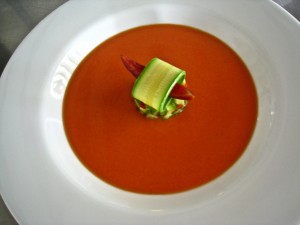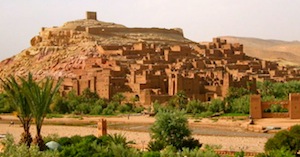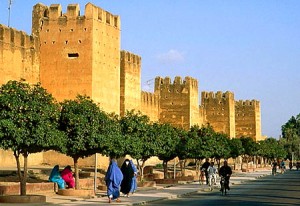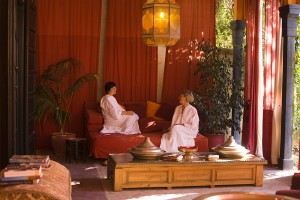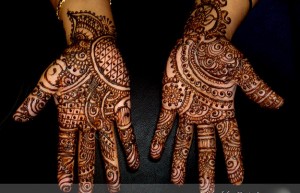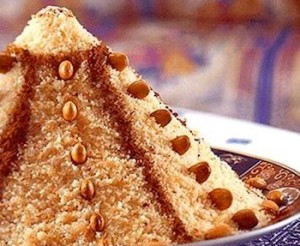Fes Food: Eating Well in Fes, Your Morocco Tour Guide
Fes, Dar Roumana, Tomato gazpacho courgette and chilli salsa Fes is the culinary and cultural capital of Morocco. The world famous Fes Sacred Music Festival takes place 7-15 June and Dar Roumana’s restaurant at 30 Derb el Amer Zkak, Roumane in Fes Medina will be open every day offering pre-concert dinners from…

